Most Popular
Korean History
-
1
2014 ferry disaster left scars that never healed

-
2
In 2012, K-pop makes leap from 'Gangnam' to the world

-
3
Deadly sinking of Navy ship in 2010 marks worst postwar military disaster

-
4
In 2008, Korea's National Treasure No. 1 went down in flames
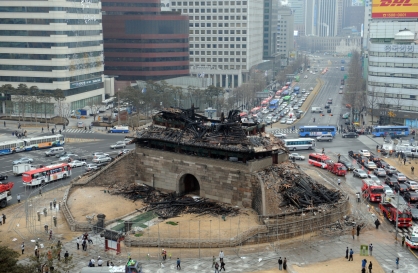
-
5
In 2005, science world’s biggest scandal unravels in Seoul
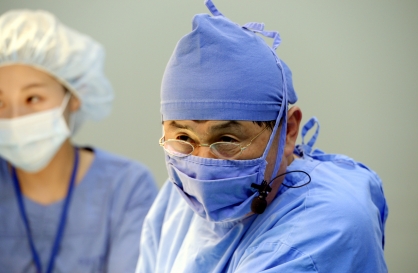
[Korean History] Hwaseong murders: Korea’s most infamous cold case solved after 33 years
Chain of rapes, murders from '80s, '90s left mark on Korea, led to advances in forensic science, criminal profiling
By Yoon Min-sikPublished : July 5, 2023 - 17:58
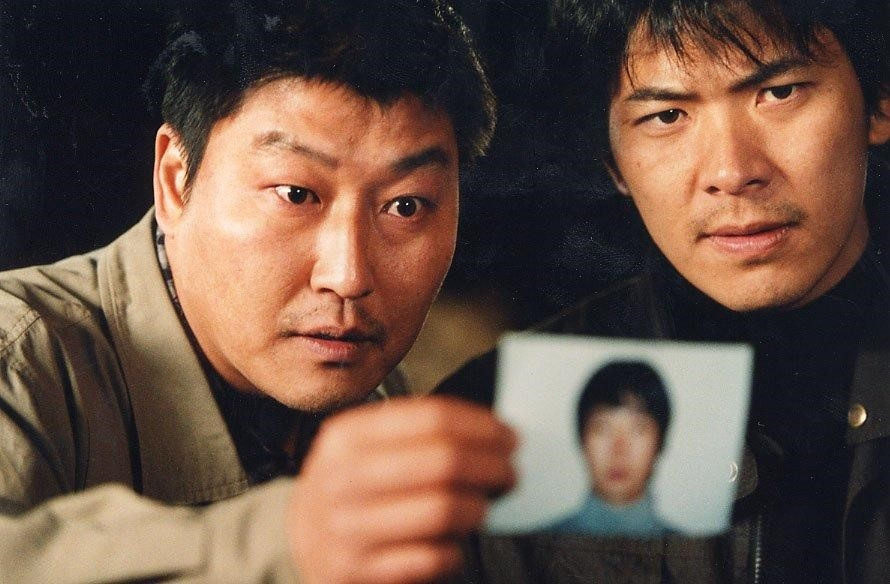
In 1986, a tiny rural town near the city of Hwaseong, Gyeonggi Province, was rocked by a series of rapes and murders targeting its female residents.
A total of 10 women were killed over the course of five years, while the authorities failed to identify the perpetrator, limited by the technology of the time and a series of mistakes that occurred during the investigation.
For over three decades, the Hwaseong serial murders remained one of the most famous unsolved cases in South Korea, capturing public attention due to the brutal nature of the crimes and the lingering sense of frustration and fear stemming from the fact that the culprit had not been caught.
The May 12, 1987 edition of The Korea Herald depicts the level of public distress felt over the killings.
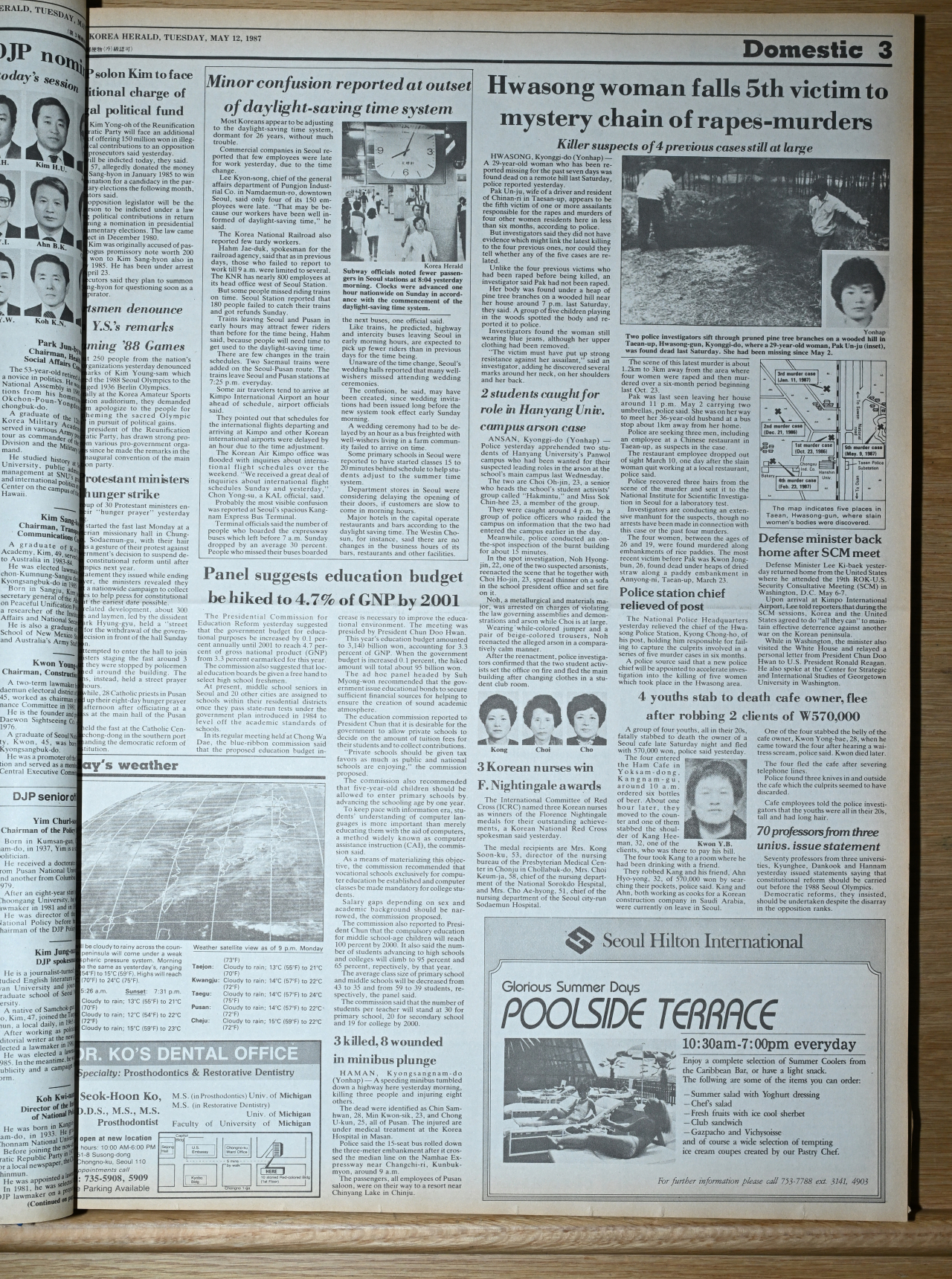
The article describes "a mystery chain of rapes (and) murders” in Hwaseong that had claimed its fifth victim while the killer remained at large. The victim, a 29-year-old woman, had been missing for 10 days and was attacked while waiting for her husband at a bus station late at night.
By 1991, the victim count had reached 10, although a copycat killer was suspected to be responsible for the final crime.
Despite a large amount of police resources dedicated to the case, the existence of an eye witness and the collection of several samples of fingerprints, hair and semen, the only information they had on the suspect was that he likely had the following characteristics: 168-170 centimeters tall, aged around 25, slim build, blood type B.
At that time, DNA analysis had just started to be used in some Western countries, but Korea lacked the capability to conduct even basic blood type testing.
In 2006, the statute of limitations expired for all of the Hwaseong murders.
Closure after 33 years
In a shocking announcement in 2019, the police said that they had identified the Hwaseong serial killer: A man named Lee Chun-jae, who was already serving a life sentence for the murder and rape of his sister-in-law.
Advances in forensic science, particularly in DNA amplification and recovery, coupled with the existence of a criminal database, led to a breakthrough after 33 years.
With Lee’s confession, the full story of the Hwaseong murders was finally uncovered.
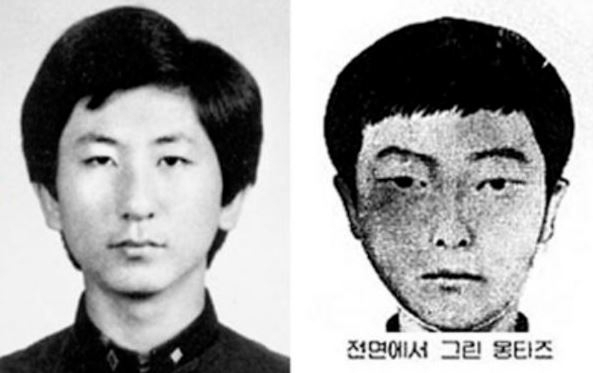
In January of 1986, Lee, then 23 years old, was discharged from his mandatory military service. In September that year, he murdered a 72-year-old woman, his first victim.
After the 10th murder in April 1991, the killing stopped. Lee got married in July that year and became a father.
In 1994, after his wife left him, Lee raped and murdered his sister-in-law, which resulted in a life sentence. Lee has remained behind bars ever since.
To this day, the 1994 killing remains the only crime for which Lee was officially convicted.
After the DNA analysis pinpointed him as the country’s most wanted serial killer, Lee confessed to 14 murders -- including the Hwaseong killings -- and some 30 rapes and attempted rapes, many of which were verified by authorities.
Lee confessed to a murder case from Sept. 16, 1988, which was initially thought to be the 8th case in the Hwaseong killings but was later decided to be a copycat crime. This led to the wrongful conviction and imprisonment of Yun Seong-yeo, who spent 20 years in prison.
Follow-up investigations confirmed the presence of Lee’s DNA in evidence collected from five of the 14 killings. For the remaining cases, including murder No. 8, Lee provided very specific information that only the culprit could know, including the layout of the crime scene and how the victim had been undressed.
It turned out that Lee was blood type O, not type B, as determined by initial investigations. The error, which likely stemmed from incorrect analysis or sample contamination, led to the failure to identify Lee as the culprit. In fact, Lee had earlier been excluded from the suspect list based on his blood type.
Ha Seung-gyun, a police official who headed the investigation at the time, denies that the police concluded the suspect’s blood type to be type B. The police record does not specify exactly why investigators removed Lee from the suspect list.
In 2020, police officially closed the case of what is now known as the Lee Chun-jae serial killings.
For the killer, nothing much has changed, though, as he will continue to serve the rest of his life behind bars.
Legacy of the Hwaseong killings
The events served as inspiration for the 2003 film “Memories of Murder” by Bong Joon-ho, who went on to win several Oscars for his film “Parasite” nearly two decades later.
In the film, the police, driven by their desperation to find answers, resort to unlawful means to extract a confession from a suspect. A falsely accused man -- numb with sleep deprivation and fatigue -- wearily confesses to the crime.
Yun, the real-life individual who was wrongfully convicted for murder No. 8, said he was tortured by investigators to confess.
After the police in 2020 confirmed Lee to be the real culprit, a retrial was conducted and the court cleared Yun of all charges, 11 years after he finished serving time for a crime he did not commit.
“The court (in the 1980s) failed to recognize the police brutality, subpar investigation and errors in the evidence that was presented, leading it to hand out a wrongful sentence. To Yun, who was imprisoned for 20 years and suffered physically and mentally, the court would like to offer an apology on behalf of the legal system,” the court said in its ruling.
The Korea Herald met Yun after the retrial. He said he felt a “massive weight has been lifted from his shoulders,” and that he and his family would no longer have to live in shame.
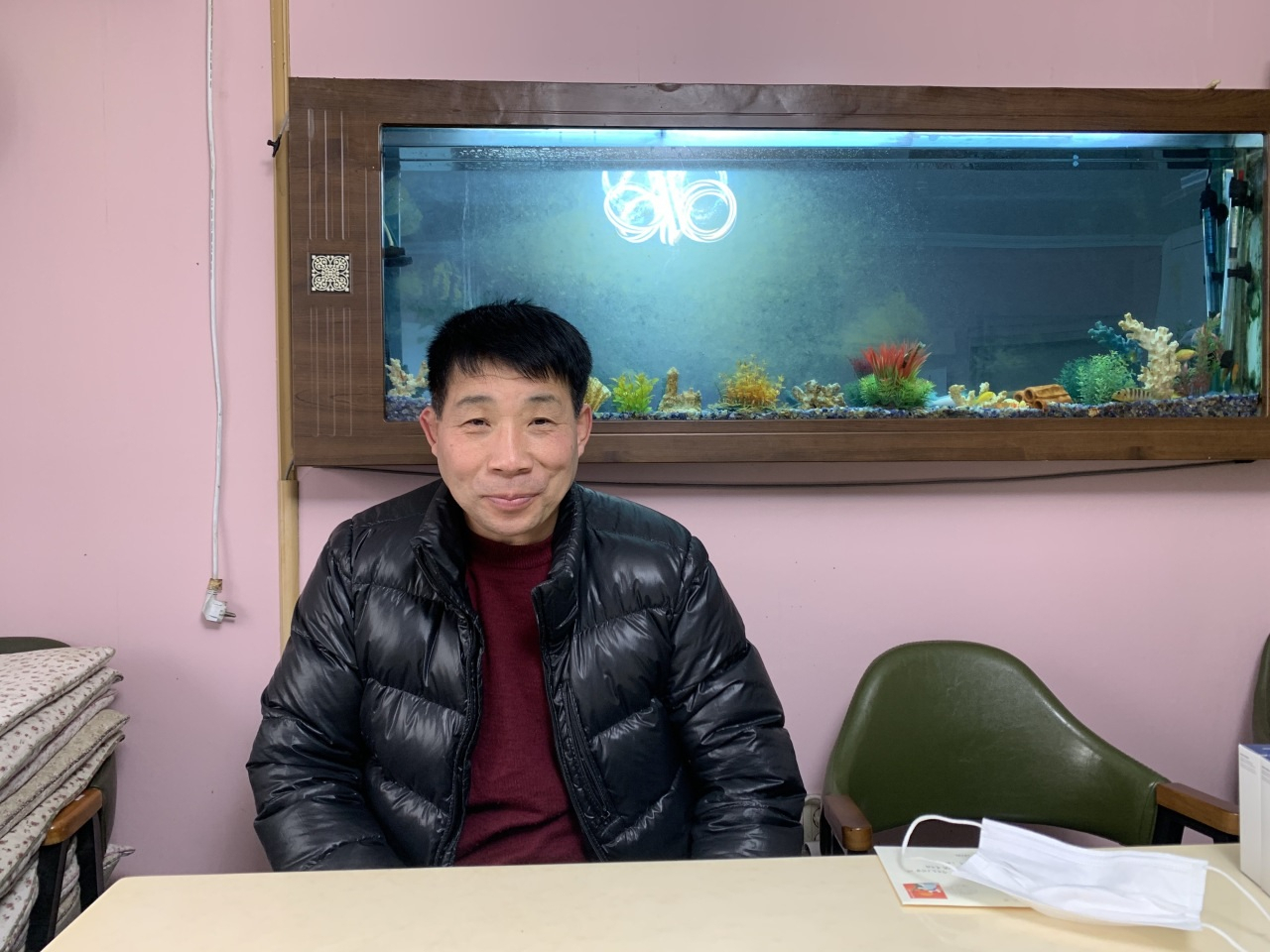
Yun was not the only person to face wrongful accusation and coercion during the investigation. In December 1990, a 19-year-old surnamed Yoon confessed to committing one of the murders, but abruptly retracted his confession during a reenactment of the crime.
It was later revealed that he was coerced into a false confession through threats and torture at the hands of the police, including electrocution. Yoon’s brother in 2021 told local media that he was unable to live a normal life afterwards. Yoon died of cancer at the age of 27.
He was among several people who were targeted by investigators trying to close the case, four of whom later died by suicide.
The Hwaseong killings led to major national investment in forensic science and criminal profiling.
As of 2021, South Korean police solve 96.7 percent of homicides, compared to a solve rate of about 50 percent in the United States.
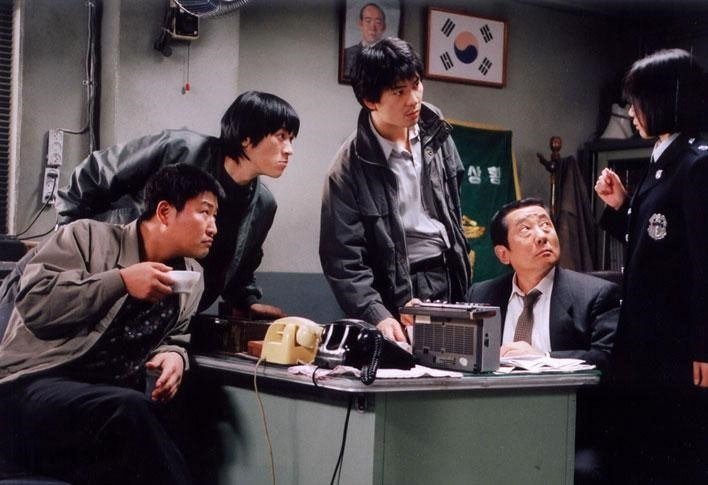
























![[Today’s K-pop] Treasure to publish magazine for debut anniversary](http://res.heraldm.com/phpwas/restmb_idxmake.php?idx=642&simg=/content/image/2024/07/26/20240726050551_0.jpg&u=)